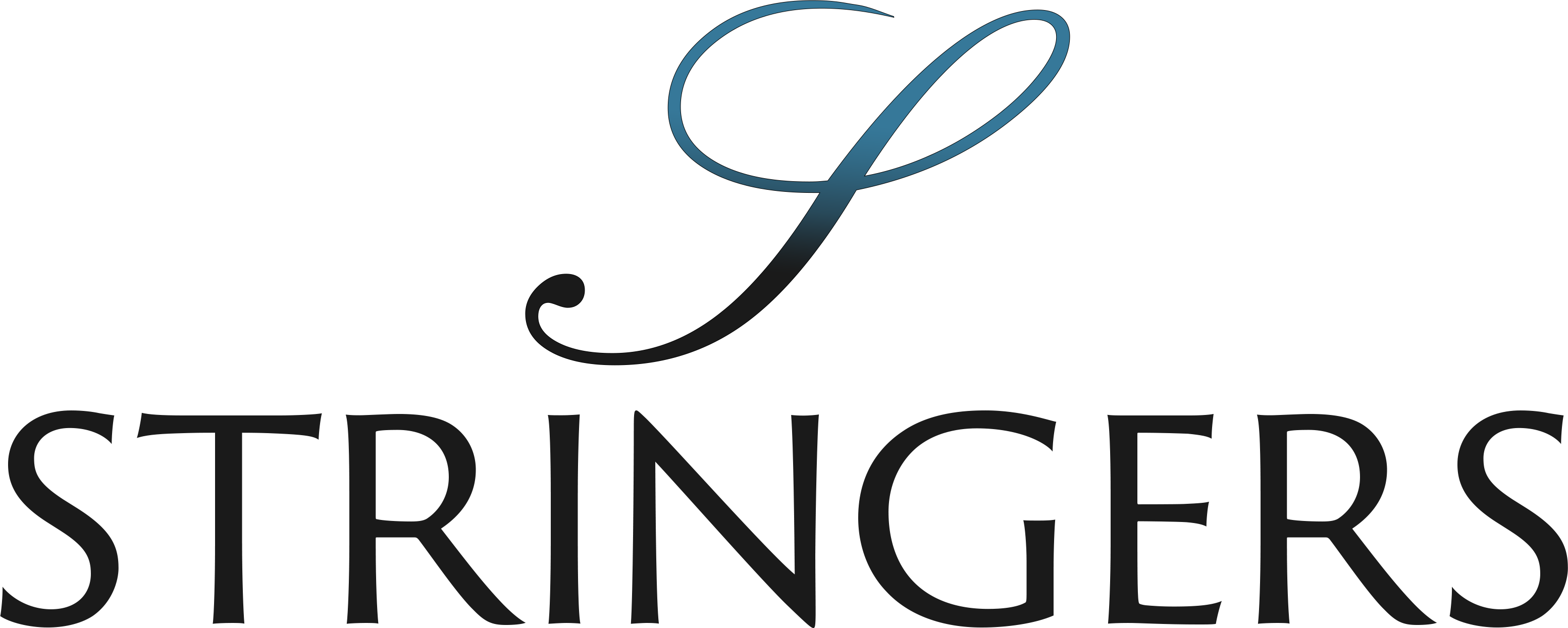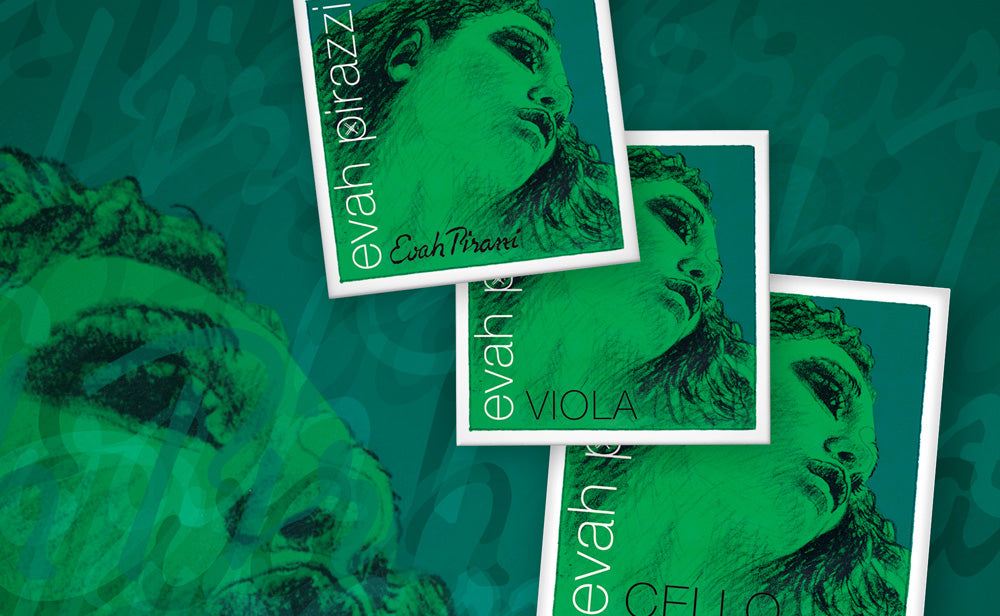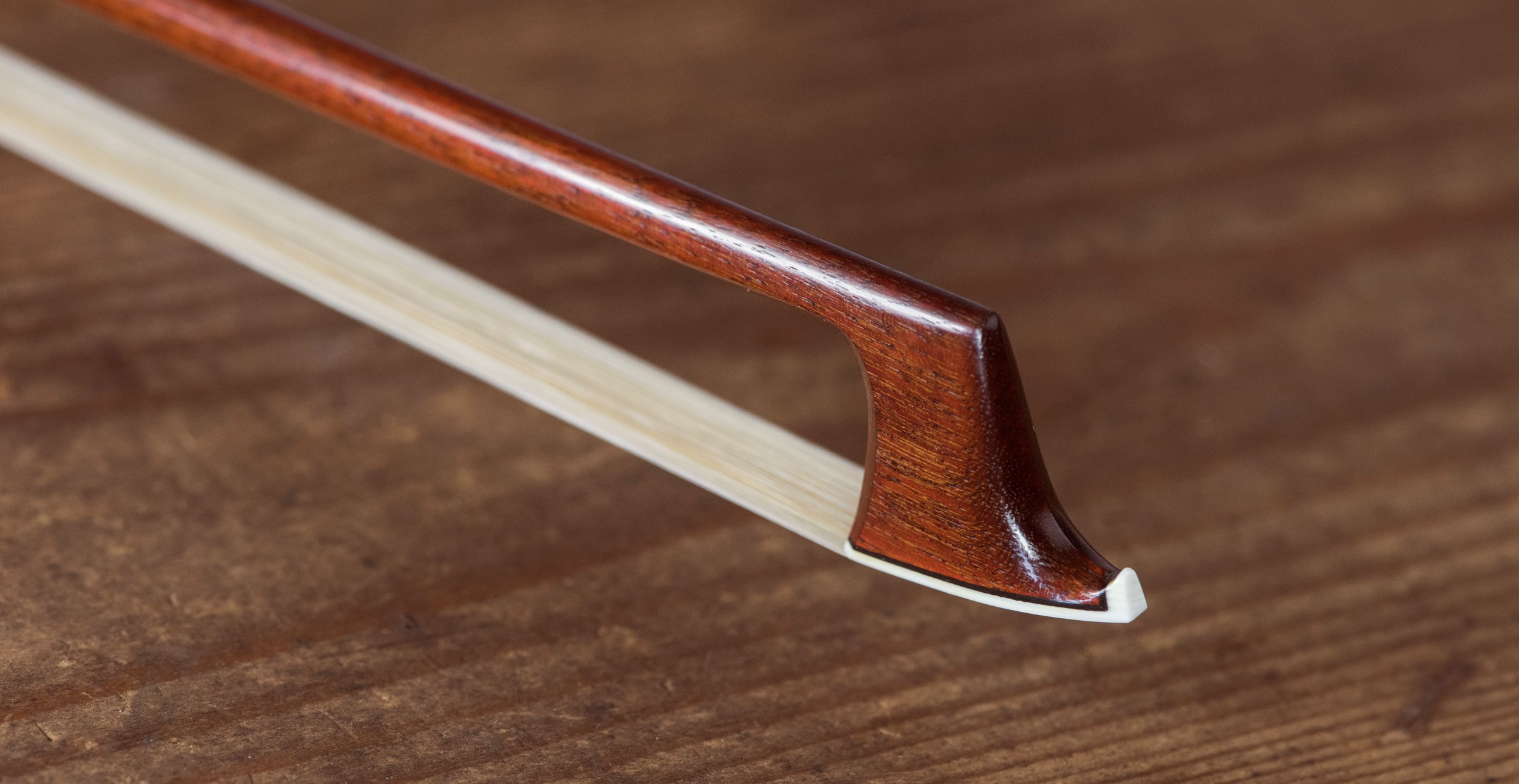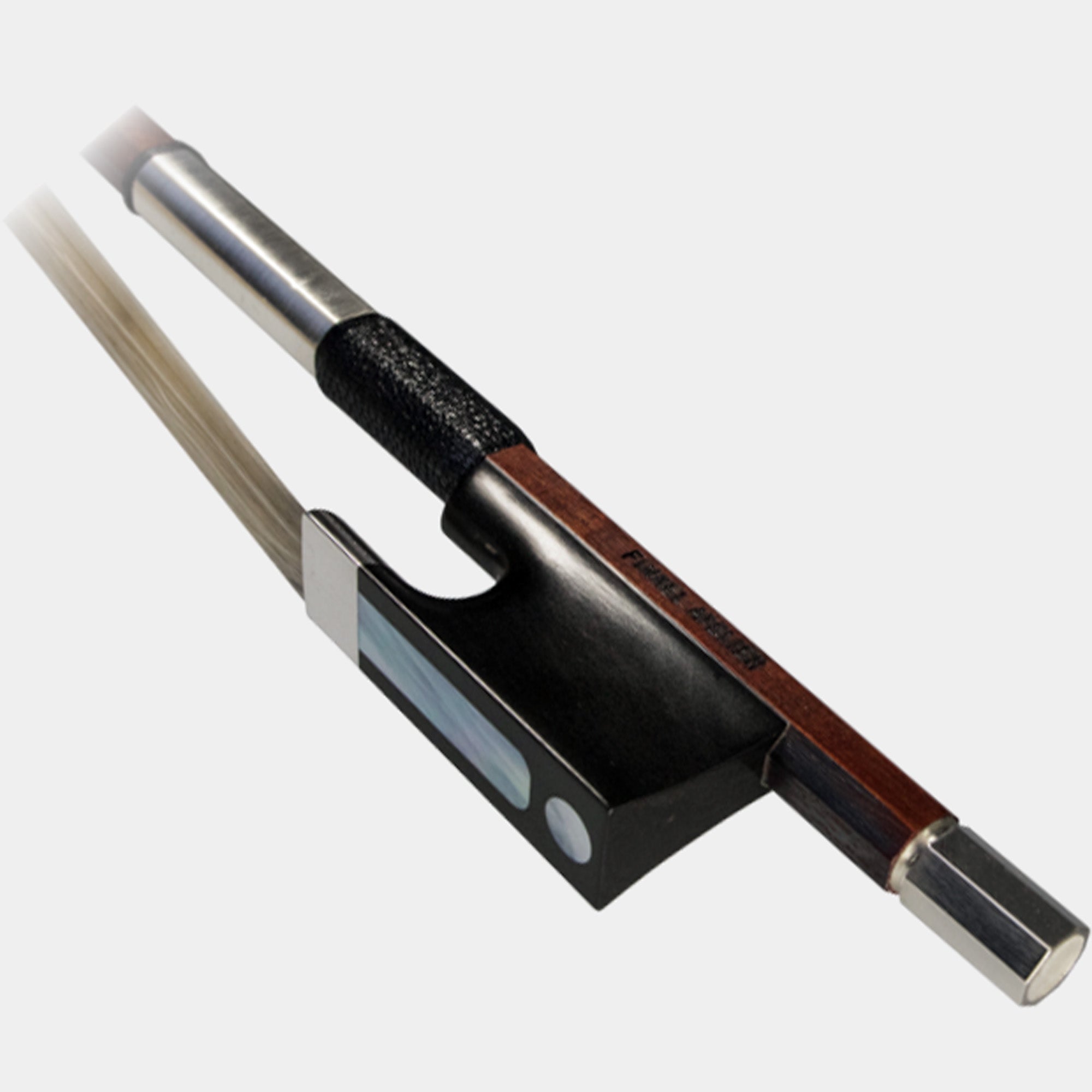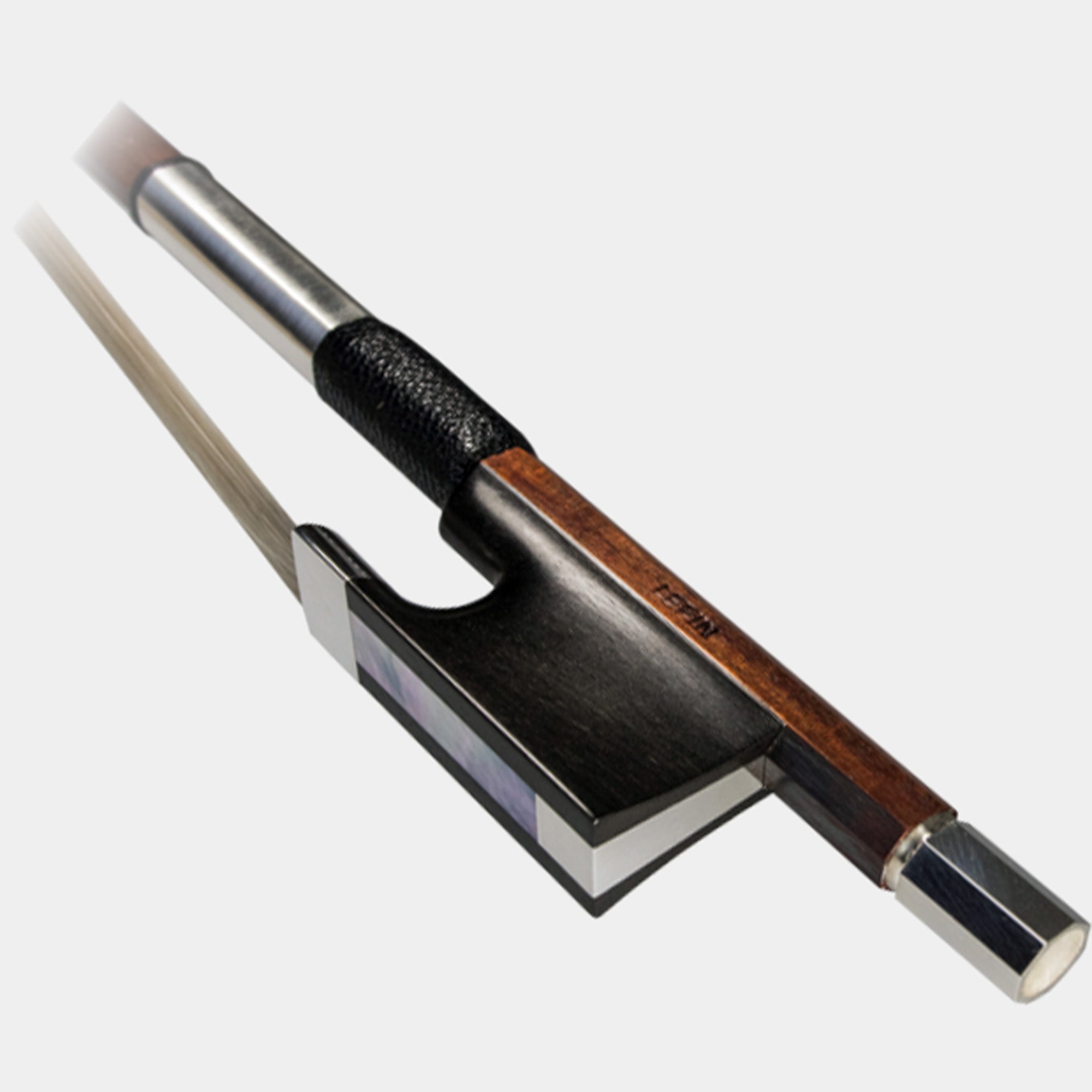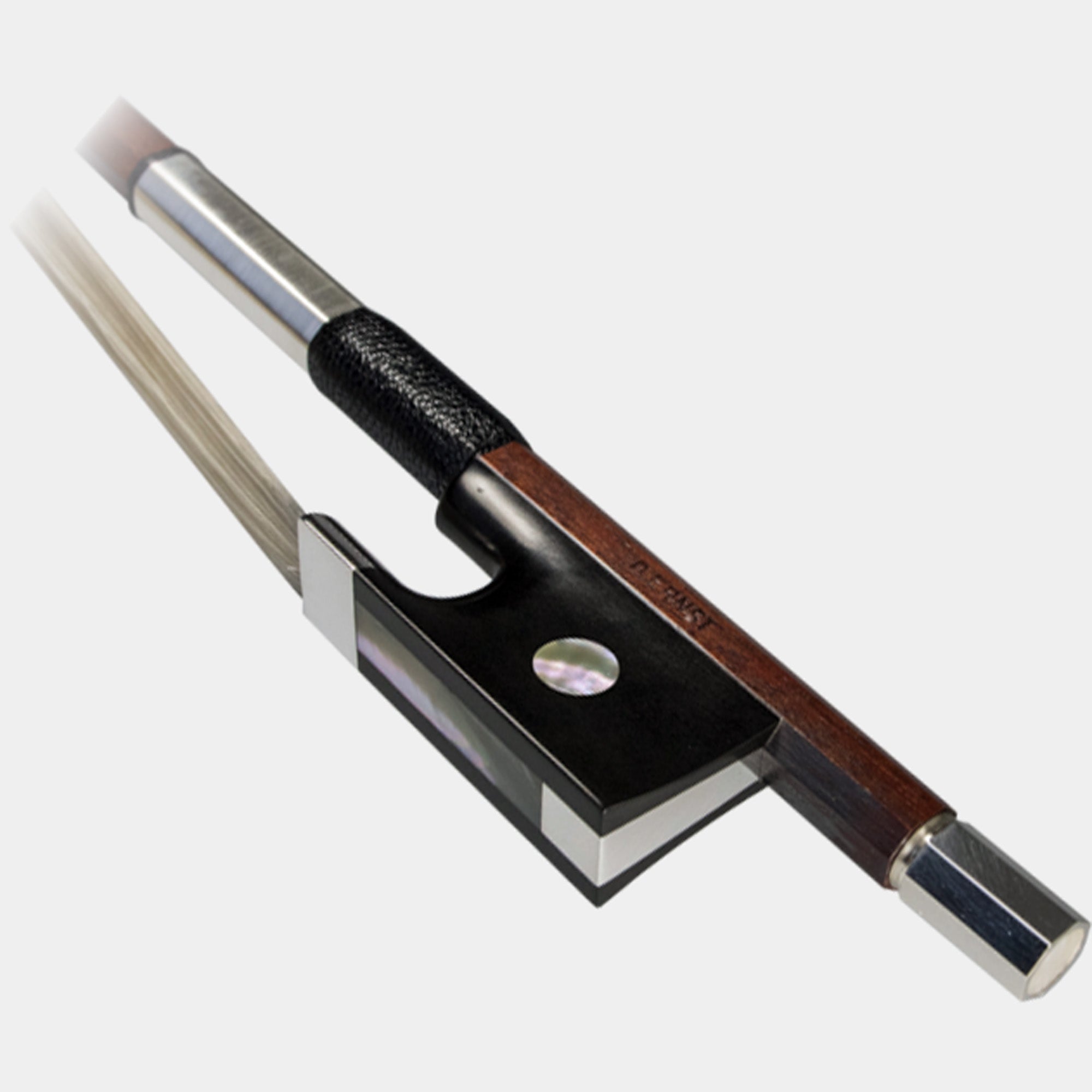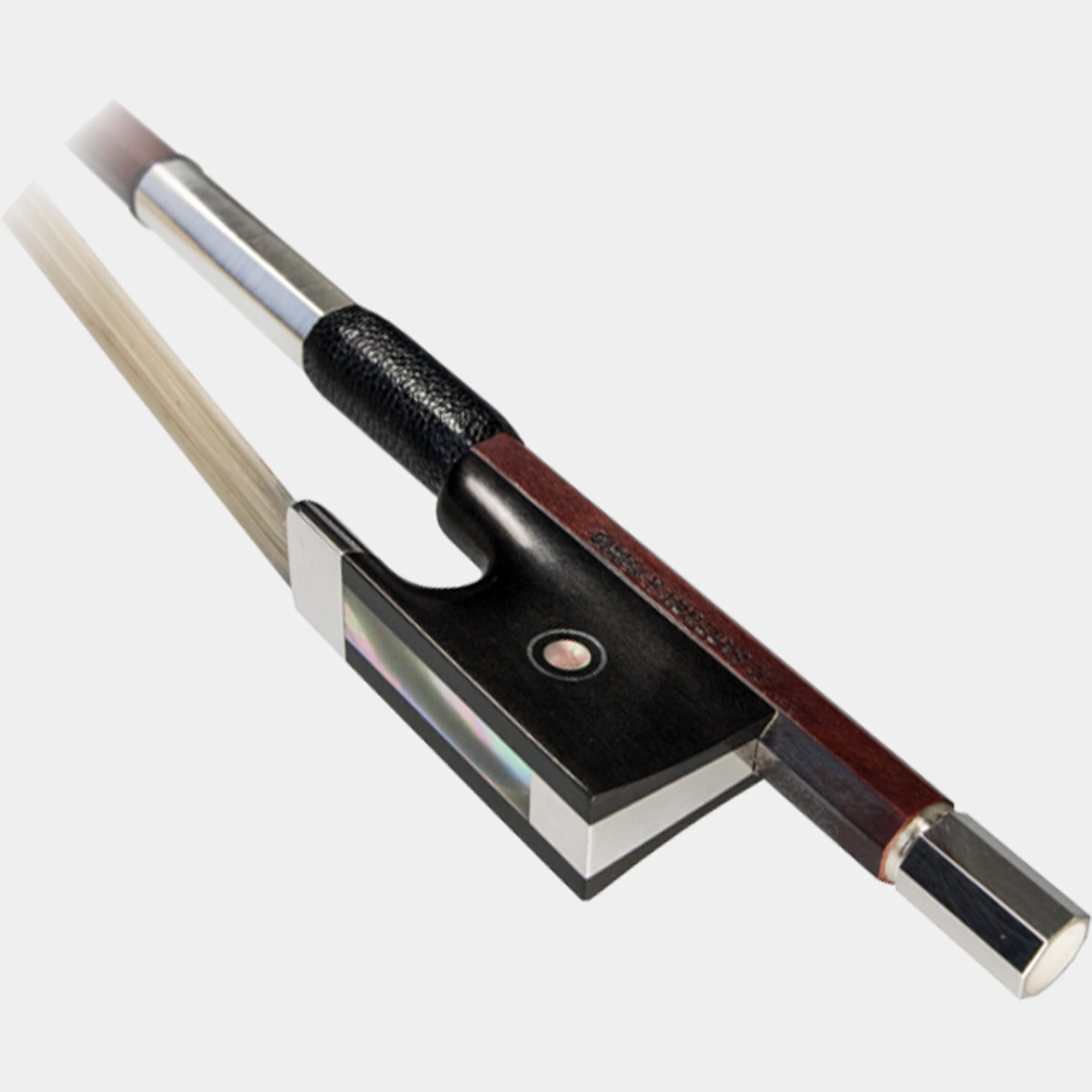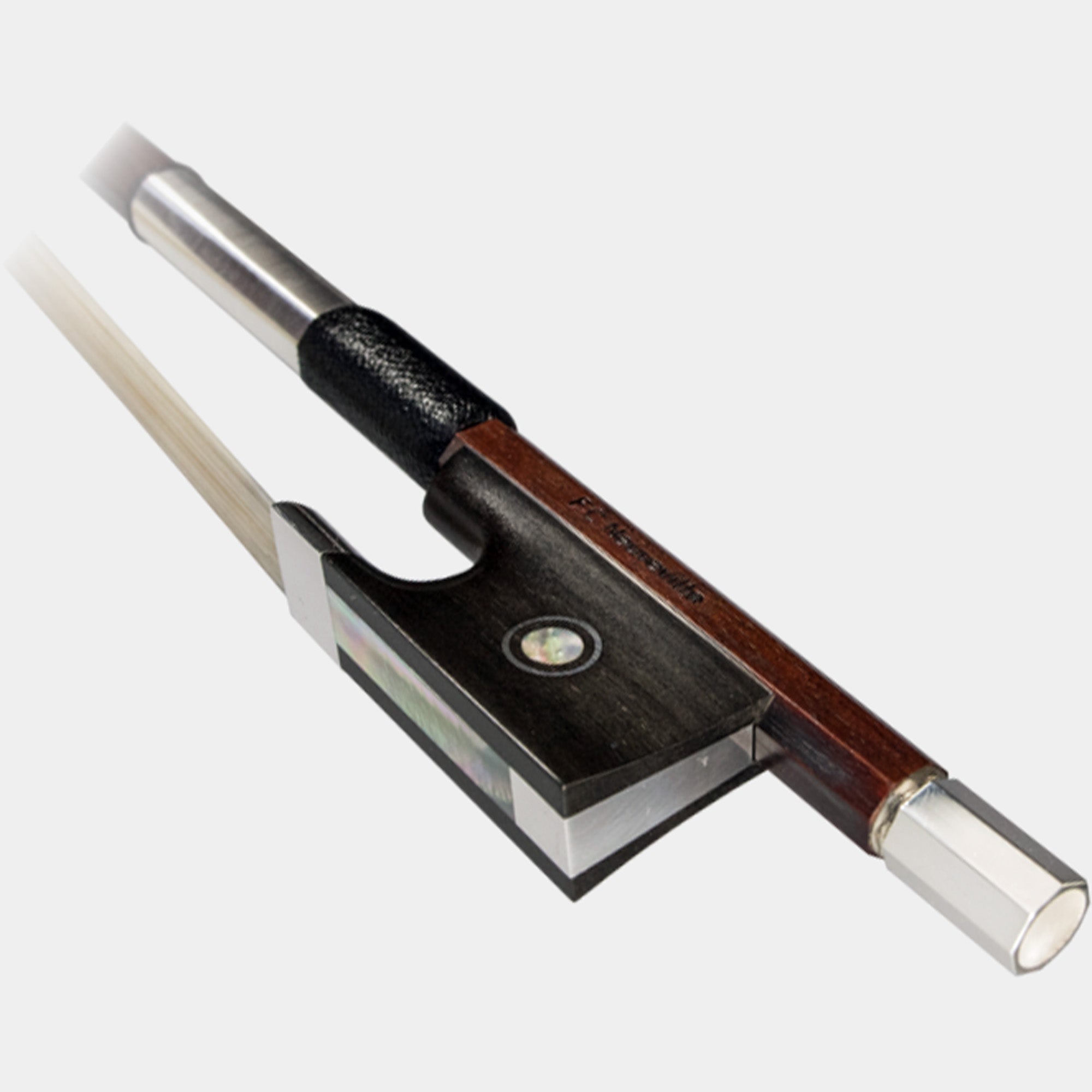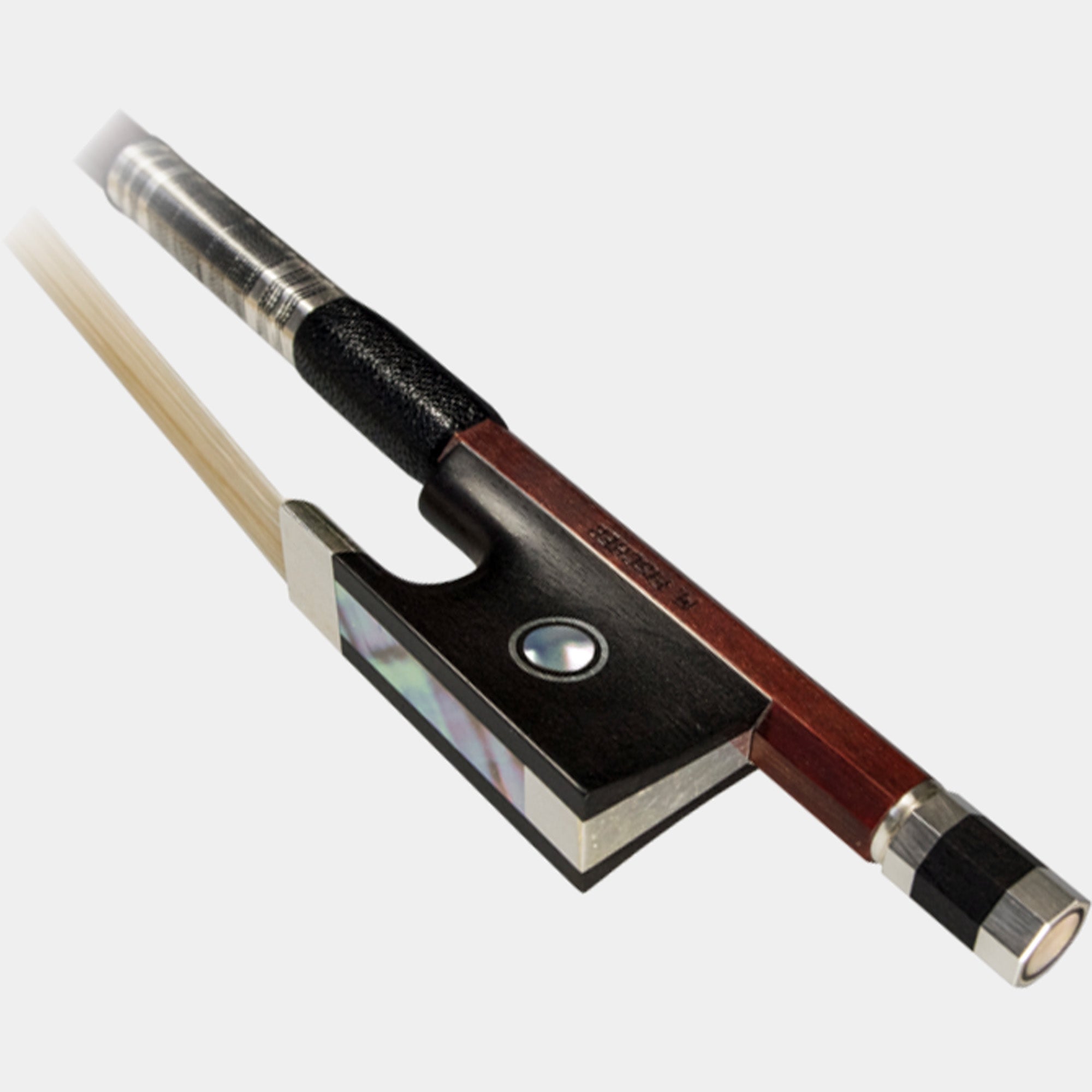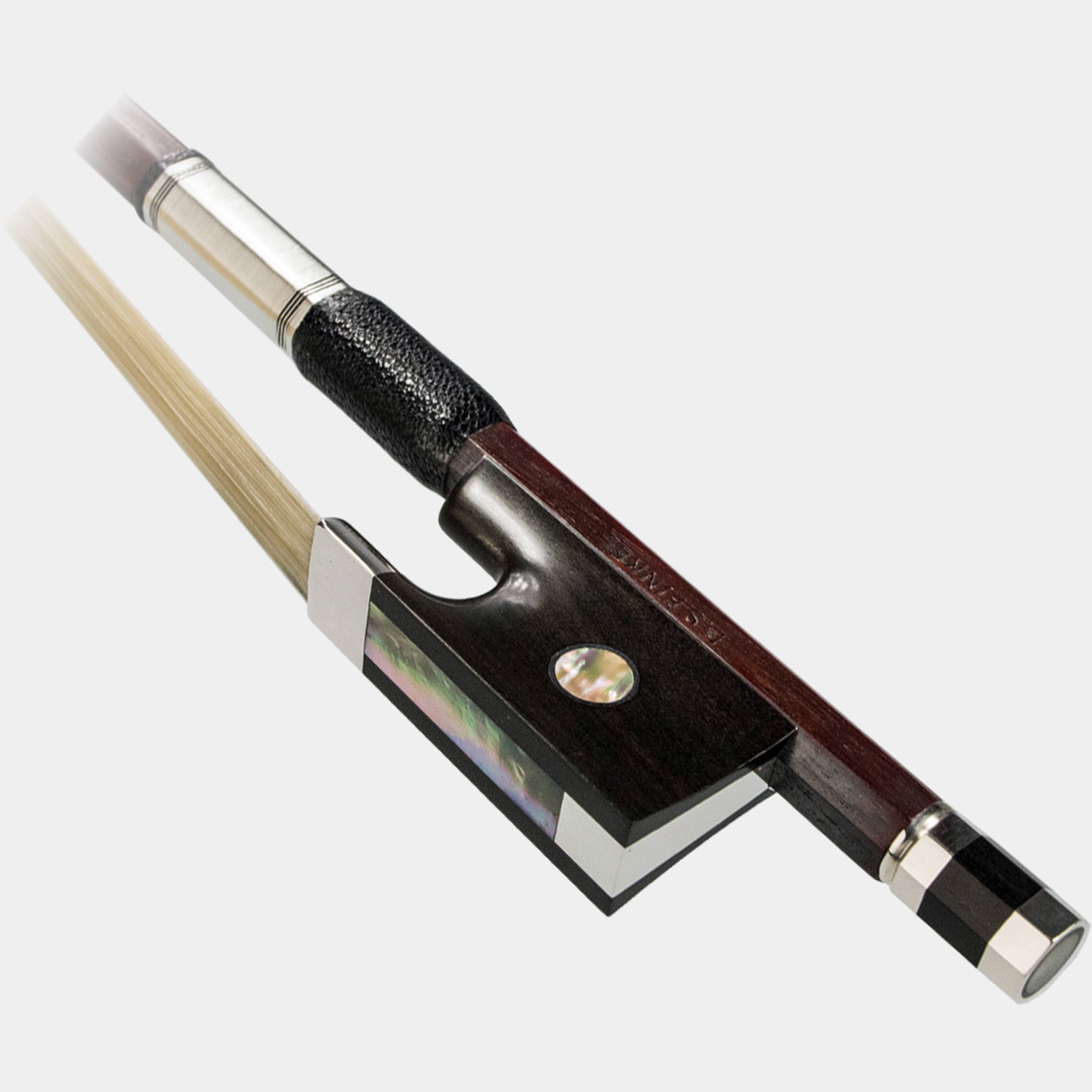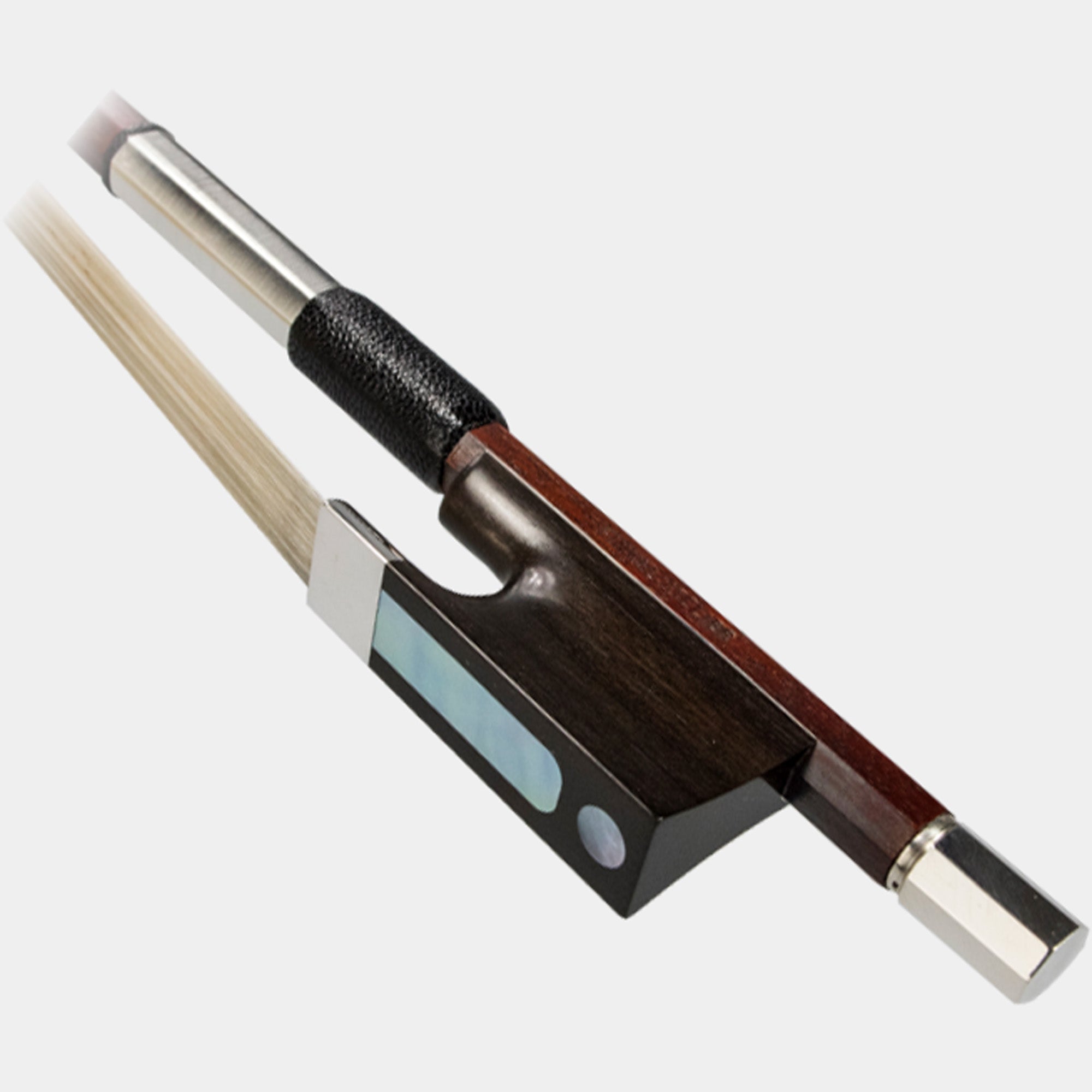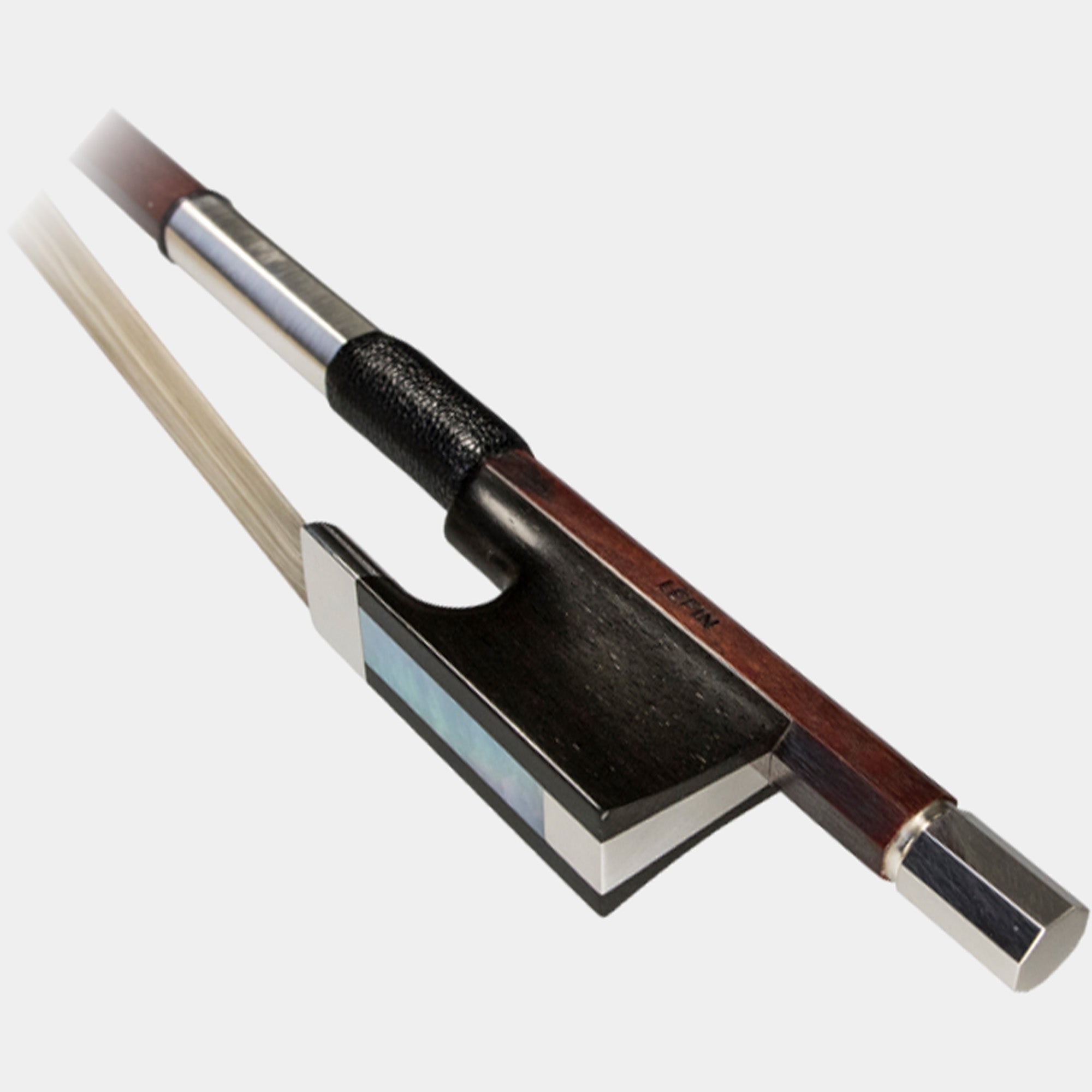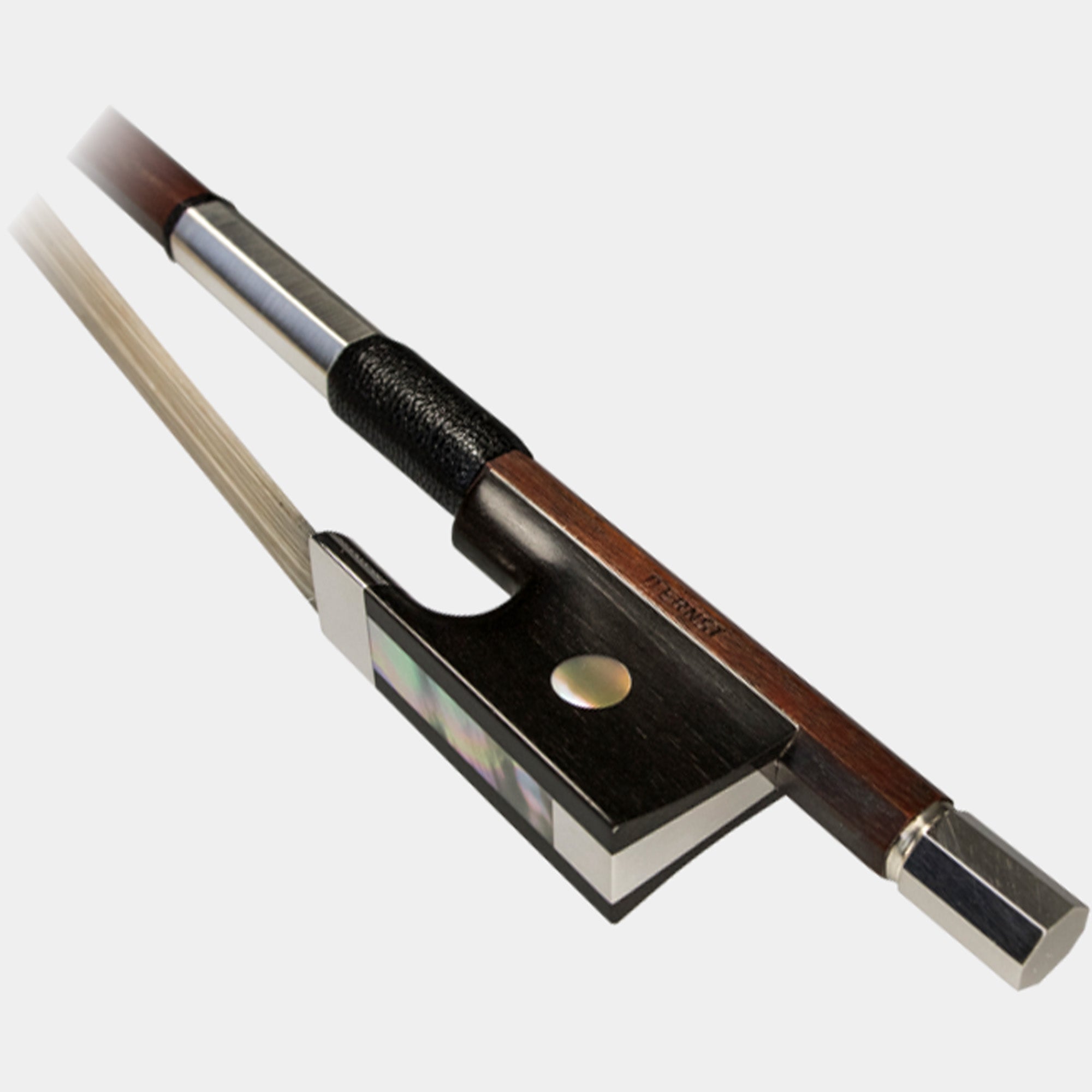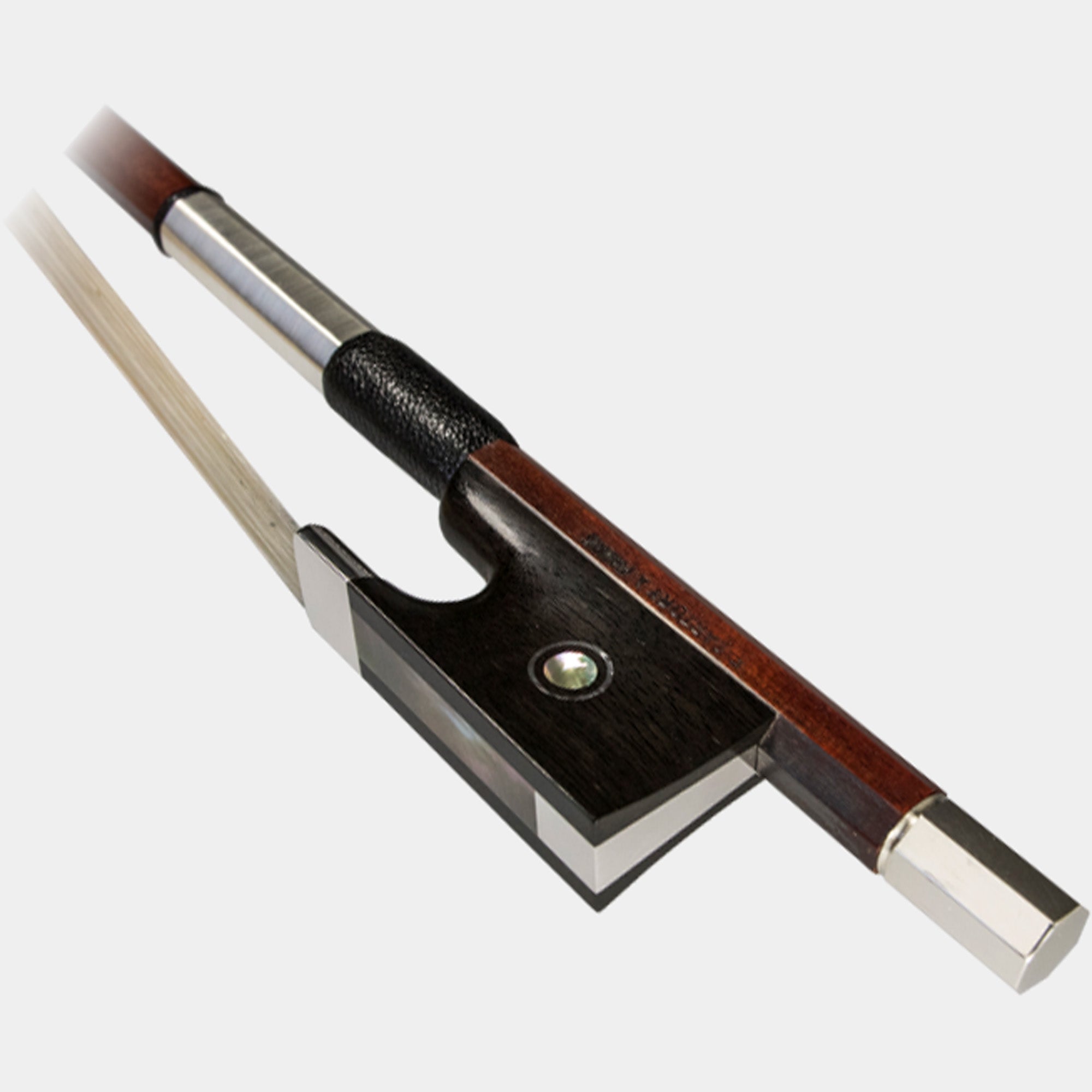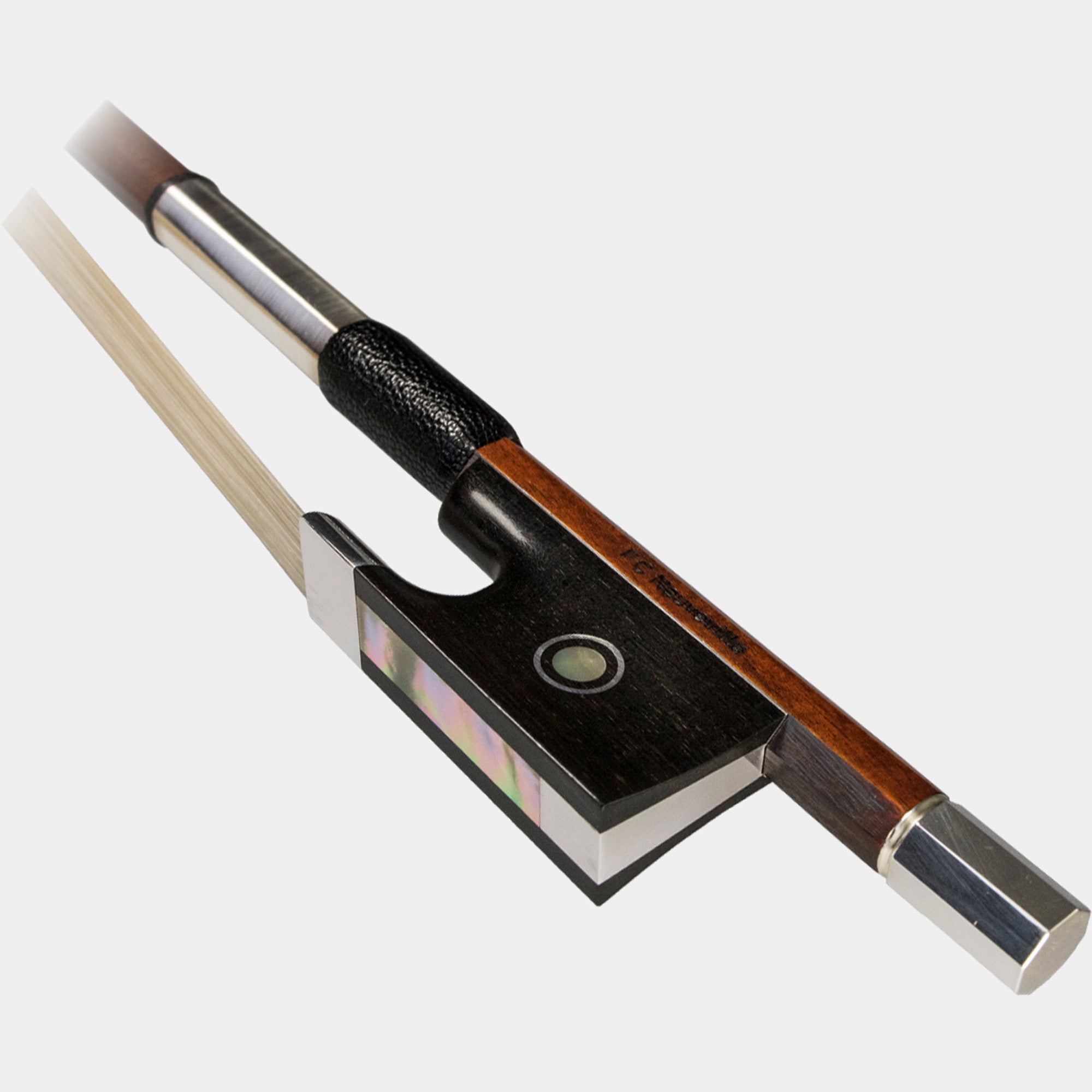Filters
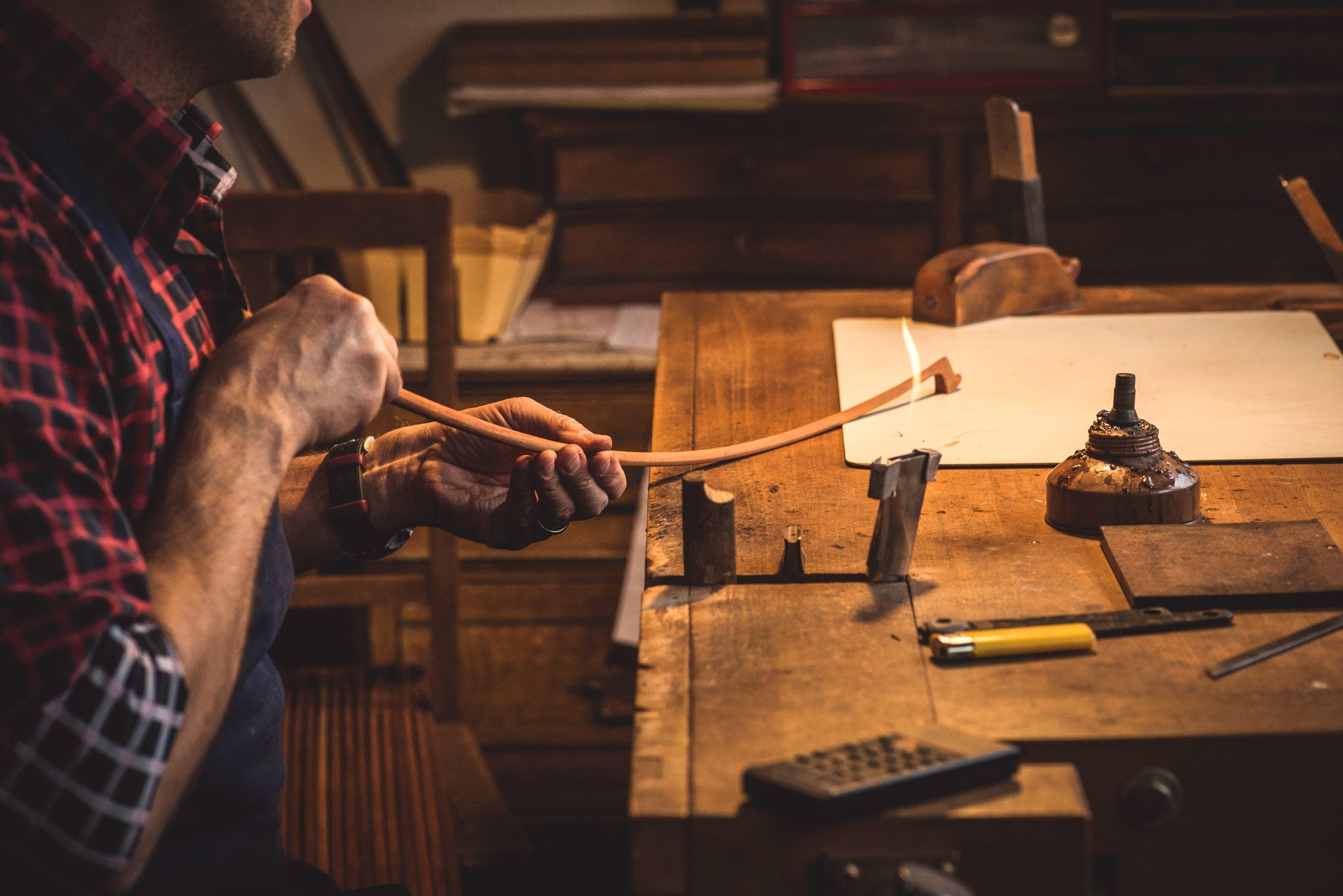

Finkel Bows
The history of the Finkel Bows goes back to the 19th century and to the German town of Markneukirchen. Ewald Weidhaas (1860 – 1939) made his bows there. Son Paul Weidhaas (1894 – 1962) took over his father's business after years of traveling with stops in Paris, Leipzig and Amsterdam. Paul Weidhaas was one of the best Markneukirchen masters of his craft.
The modern Finkel bows are closely linked to the tradition of Saxon bow making. However, the family history took a geographical turn in the middle of the 20th century - the third generation of the Bogenmacher family left Markneukirchen. Paul's daughter Hanna Weidhaas met the young Siegfried Finkel (1927 - 2010) shortly after the end of the Second World War. Siegfried Finkel began his apprenticeship as a bow maker with his father-in-law. After communism came to Markneukirchen, Siegfried and Hanna moved to Switzerland with their son Johannes (1947) in 1952; their father-in-law had urged the young family to take this step. The proximity to the Brienz violin making school was the deciding factor for settling in the Bernese Oberland, but it took great determination and an iron will to build a flourishing business in the new home.
Johannes Finkel learned the trade from his father and expanded his knowledge and skills during several years of travel, which took him to London to J. & A. Beare, to Los Angeles to Hans Weisshaar and to Philadelphia to the firm William Moennig & Son. After the When they returned, Johannes and Siegfried worked together in the workshop in Schwanden and further expanded the good reputation of the Finkel Bogen. In 1984, after Siegfried Finkel's retirement, Johannes took over the workshop. Meanwhile, the fifth generation is already in the starting blocks: Daniela (1987), the daughter of Marianne and Johannes Finkel, has also trained as a bow maker and is currently preparing to take over the business. In doing so, she is opening the latest chapter of the craft business, which is unique in Switzerland.
